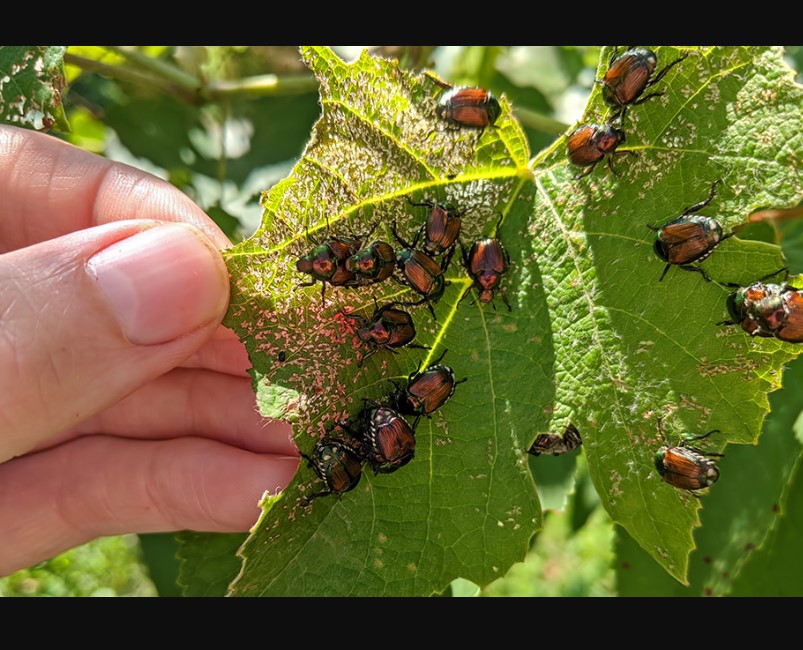In gardening, the serenity of nurturing plants and witnessing them thrive can be immensely rewarding. However, this blissful journey can often be disrupted by pest intrusion. Vegetable gardens, in particular, are vulnerable to various pests that can jeopardize the health and productivity of crops. Effective pest control strategies are essential to safeguarding your vegetable garden and ensuring a bountiful harvest. This comprehensive guide delves into pest control for vegetable gardens, emphasizing the importance of authentic information and strategies rooted in experience.
Understanding the Threat:
Before delving into pest control methods, it is crucial to understand the diverse array of pests that can afflict vegetable gardens. These pests come in various forms, ranging from insects and rodents to fungi and bacteria. Each pest poses a unique threat to different vegetables, targeting leaves, stems, roots, and fruits with voracity. Common garden pests include aphids, caterpillars, beetles, mites, and slugs. Diseases such as powdery mildew, blight, and rot can wreak havoc on vegetable crops if left unchecked.
The Pitfalls of Misleading Information:
The dissemination of accurate and reliable information is paramount in the quest to combat garden pests. Misleading information can lead gardeners astray, resulting in ineffective pest control measures or exacerbating the problem. For instance, relying on anecdotal remedies or unverified folk methods may provide temporary relief but fail to address the root cause of pest infestations. Authentic information, grounded in scientific research and practical experience, offers a solid foundation for implementing successful pest control strategies.
Integrated Pest Management (IPM):
One approach that embodies the principles of authentic pest control is Integrated Pest Management (IPM). IPM is a holistic and environmentally sensitive approach to pest management that emphasizes prevention, monitoring, and control. By combining various tactics such as cultural practices, biological control, mechanical methods, and targeted pesticide use as a last resort, IPM seeks to minimize the impact of pests while promoting ecosystem balance. Implementing IPM requires a thorough understanding of pest biology, ecological interactions, and the specific needs of vegetable crops.
Cultural Practices:
Cultural practices are pivotal in preventing pest infestations and promoting plant health in vegetable gardens. Practices such as crop rotation, companion planting, and proper sanitation can help disrupt pest life cycles and create an inhospitable environment for their proliferation. Crop rotation involves alternating the types of crops grown in specific areas each season, reducing the buildup of pest populations and soil-borne diseases. Companion planting involves strategically pairing compatible plants to repel pests or attract beneficial insects that prey on pests. Maintaining cleanliness and removing plant debris can also eliminate hiding places and breeding grounds for pests.
Biological Control:
Harnessing the power of nature’s allies is another effective strategy in authentic pest control. Biological control involves introducing natural predators, parasites, or pathogens to suppress pest populations. Ladybugs, lacewings, parasitic wasps, and predatory nematodes are beneficial organisms that can help keep pest populations in check. Encouraging biodiversity in the garden by providing habitat and nectar sources for beneficial insects can enhance their effectiveness in controlling pests. Furthermore, microbial agents such as Bacillus thuringiensis (Bt) and fungal pathogens like Beauveria bassiana can be used as biopesticides to target specific pests with minimal environmental impact.
Mechanical Methods:
In cases where pests require immediate intervention, mechanical methods offer a non-toxic and environmentally friendly approach to pest control. Handpicking pests such as caterpillars, beetles, and snails can reduce populations without using chemical pesticides. Physical barriers such as row covers, netting, and traps can protect vulnerable plants from insect pests while allowing airflow and sunlight. Mulching with organic materials such as straw, hay, or leaves conserves soil moisture, suppresses weeds, and creates a barrier against crawling pests like slugs and snails.
Targeted Pesticide Use:
While chemical pesticides should be used sparingly and as a last resort in authentic pest control, they can be necessary in certain situations to prevent extensive crop damage. When selecting pesticides, choosing products specifically labeled for use on the target pests and crops is essential. Follow label instructions carefully, including dosage, application timing, and safety precautions, to minimize risks to humans, beneficial insects, and the environment. Consider using less toxic alternatives such as insecticidal soaps, horticultural oils, and botanical insecticides derived from plant extracts.
Conclusion:
In vegetable gardening, pest control is a constant battle that requires diligence, knowledge, and a commitment to authenticity. By understanding the threats posed by pests, adopting integrated pest management practices, and utilizing cultural, biological, mechanical, and targeted pesticide methods, gardeners can protect their vegetable crops while minimizing environmental impact. Remember, the key to effective pest control lies in seeking authentic information, experimenting with diverse strategies, and adapting practices to suit your garden’s unique needs. With perseverance and a green thumb, you can enjoy the fruits of your labor and savor the bounty of a thriving vegetable garden.

